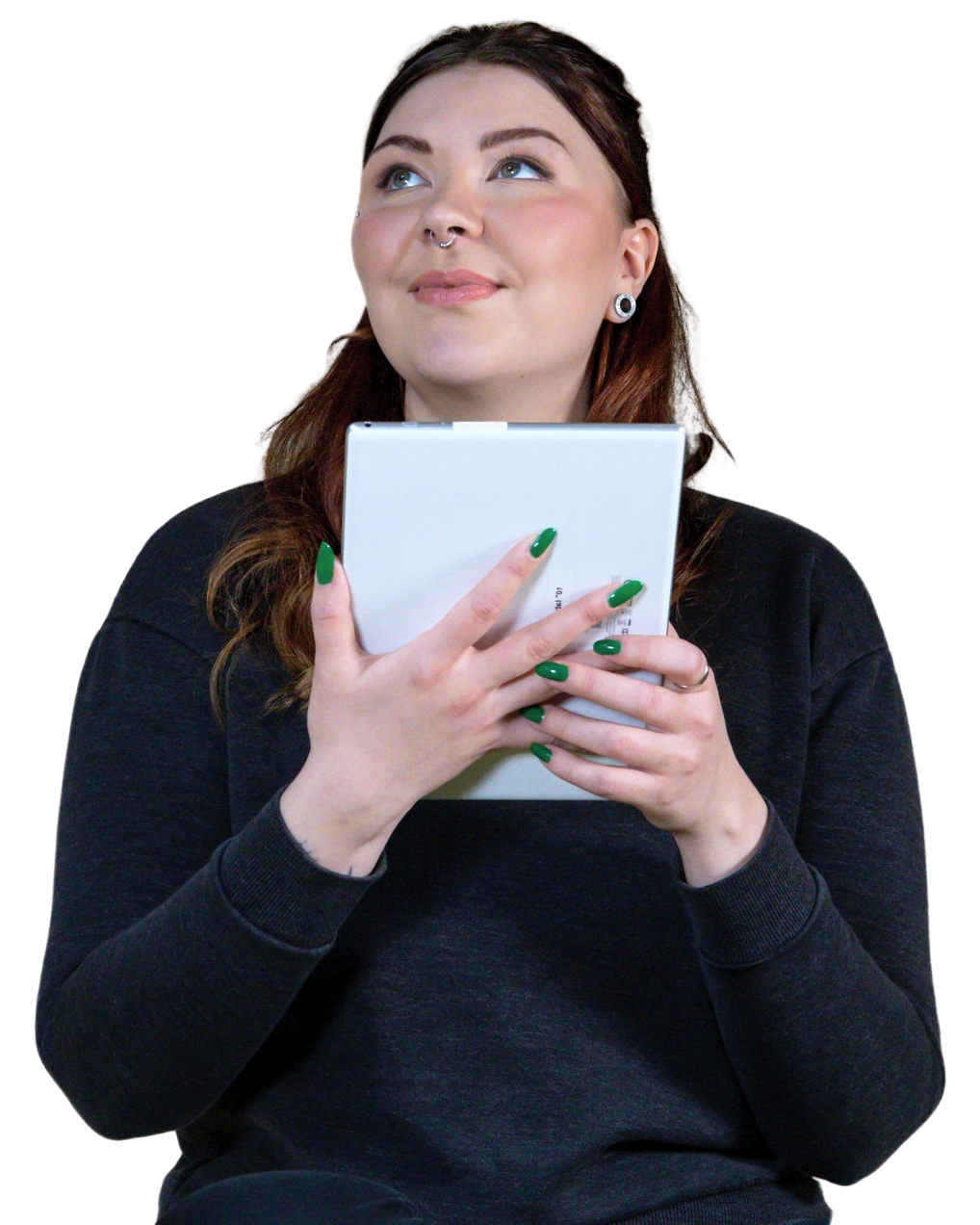Many Finns have a rustic second home in a remote location, and since second home activities – such as barbecuing, sauna and sunbathing – often involve fire and heat, burns are the most typical medical emergency. There is also DIY to be done, firewood to be chopped and other outdoor jobs to get on with, which is why every second home should have first aid equipment for treating cuts and bleeds of various degrees of severity.
A second home first aid kit needs to include supplies for cleaning and treating small wounds, a compression bandage for more severe bleeding as well as a cold pack for sprains and strains. A tick removal tool and an antihistamine for snake bites and insect stings may also be necessary in some areas.
The FRC Standard First Aid Kit is a good starting point but will need supplementing with other supplies.
